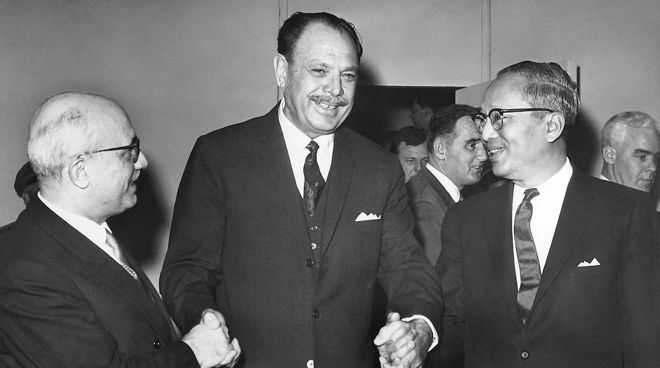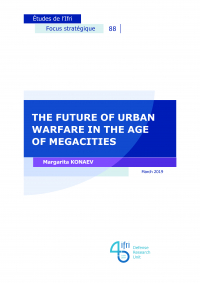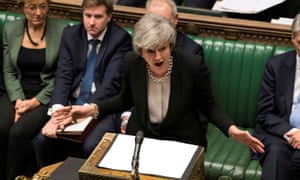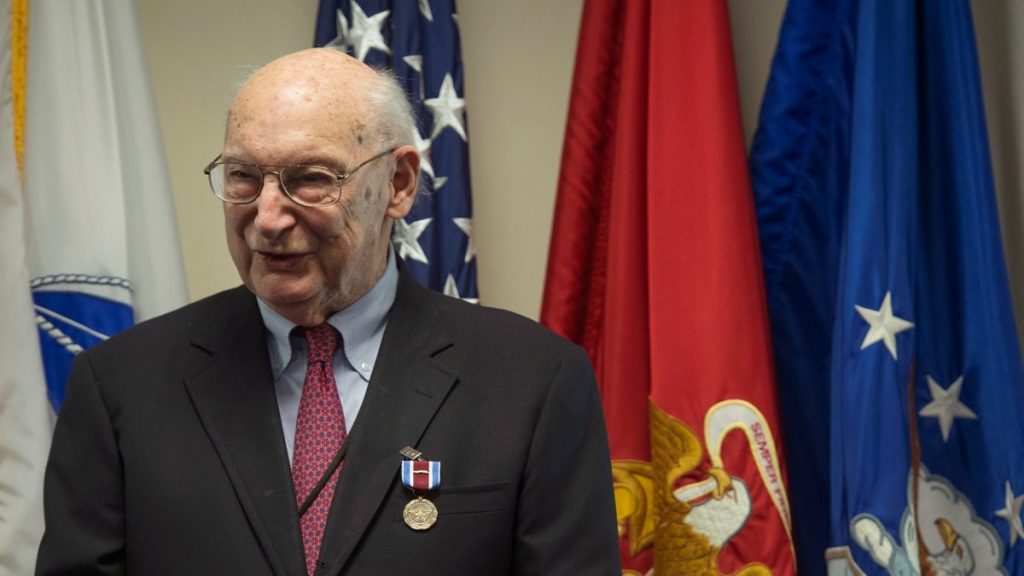BY FAHD HUMAYUN
 It was not particularly surprising when India boycotted the Pakistan Day celebrations at the Pakistani High Commission in New Delhi last weekend. Just weeks before, an extraordinary duel in the air above disputed Kashmir brought the two sides unthinkably close to war.
It was not particularly surprising when India boycotted the Pakistan Day celebrations at the Pakistani High Commission in New Delhi last weekend. Just weeks before, an extraordinary duel in the air above disputed Kashmir brought the two sides unthinkably close to war.
The wounds from the skirmish have yet to heal. Pakistan has vacated border villages. Defense systems remain on high alert as the two countries continue to fire artillery across the Line of Control that divides Kashmir. Meanwhile, Pakistan and India’s nuclear arsenals—which together total roughly 300 warheads—are still pointed right at each other.
Since 2015, both states have avoided full-on conflict, partly by absorbing smaller but still bloody skirmishes along the Line of Control. But an active insurrection in Indian-occupied Kashmir has stoked cross-border tensions and provoked a heavy-handed crackdown by the Indian state. Islamabad, meanwhile, has urged continued talks and launched its own sweep of arrests and asset seizures against militant organizations.















